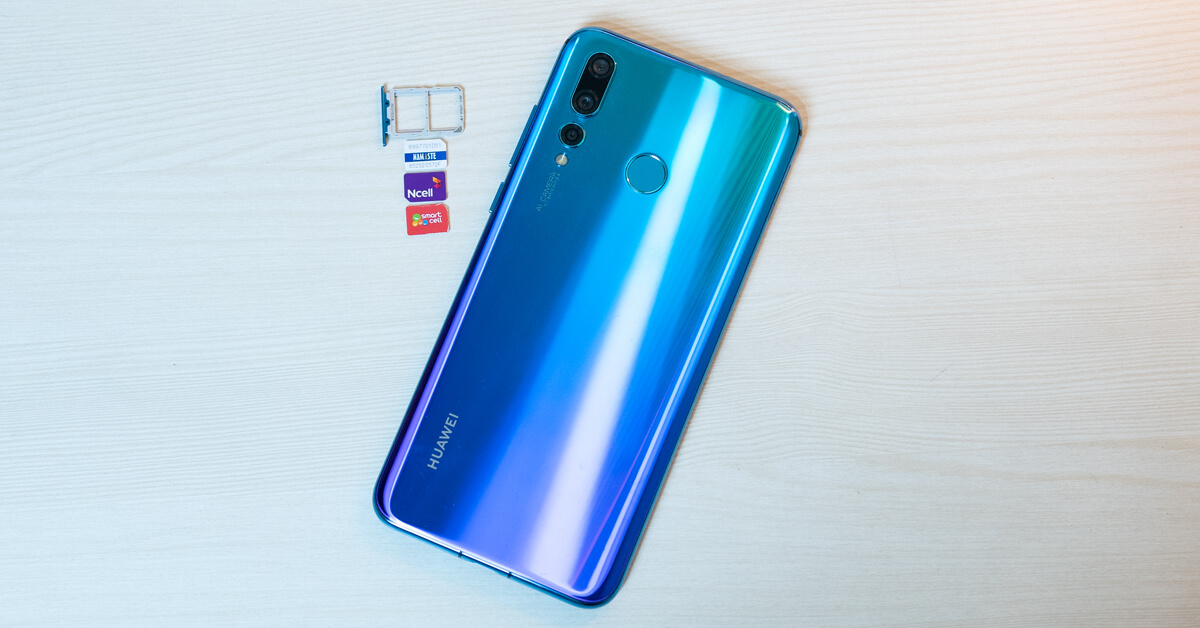
In the 2000s, when Telecom was advancing at a rapid pace, the progression of the telecom industry in Nepal was happening at a languid pace. At that time, purchasing a SIM card used to be really cumbersome. During that time, customers had to wait for months for the openings and obliged to wait in long queues to apply for a SIM card. Even with all those efforts, sometimes the customers had to return empty-handed. And that was the time when the black marketing of the SIM cards was flourishing. This led to quite a confusion in the telecom’s database since a person used to carry a SIM registered in another person’s name. Often times, such SIM Cards were quite found used for criminal activities. So to prevent such criminal activities to happen in the future and to maintain a regulated database, NTA is on the verge of commencing some strict rules for SIM Card registration.
Read More: Mobile Phones’ IMEI registration process in Nepal will take a while to come live
To discourage the use of SIM Cards registered in other’s name, NTA is developing an “e-KYC system”. The trend of getting multiple SIM Cards all registered in the same name has been quite trendy lately. And the NTA is against that too. Addressing the issue, NTA spokesperson Minprasad Aryal informed that the first stage of the e-KYC system has already been ready. And the Spokesperson is quite optimistic regarding the effectiveness of this new system. Although some convoluted topics have already been resolved, Aryal informed that the number of SIM cards allowed to be under a single person’s name has not yet been finalized.
“As of now, there are six telecom service providers in Nepal”, Aryal said, “and the customers can easily pick a service provider they are fond of. But there is also the rule to fill different forms to get SIM cards from different telecom service providers. To solve this cumbersome process, NTA is planning to create a central database with a digital photograph of the users and a digital fingerprint for authenticity.” Aryal also mentioned the plans to include such information in the National ID Card’s database.
Once the central database is ready, customers will have to register their fingerprint and their digital photo to purchase a SIM card. And only by comparing with the database and ascertaining the number of SIM cards already registered in the name, a SIM card would be provided. Not just for the new SIM cards, old SIM card owners will also have to re-register for the system. And the procedures involved is similar (users have to provide their fingerprint data and a digital photograph). In doing so, the NTA not just can ascertain the authenticity of the information provided on the earlier purchase but also can solve the problems related to SIM duplication.















![Best Ultrabooks To Buy in Nepal 2024 [Updated] Best Ultrabook Laptops in Nepal 2023 - June Update](https://cdn.gadgetbytenepal.com/wp-content/uploads/2023/04/Best-Ultrabook-Laptops-in-Nepal-2023-June-Update.jpg)
![Best Gaming Laptops in Nepal 2024 [Updated] Best Gaming Laptops in Nepal 2023 - June Update](https://cdn.gadgetbytenepal.com/wp-content/uploads/2023/04/Best-Gaming-Laptops-in-Nepal-2023-June-Update.jpg)



![Best Mobile Phones Under Rs. 15,000 in Nepal [Updated] Best Phones Under 15000 in Nepal 2024 Budget Smartphones Cheap Affordable](https://cdn.gadgetbytenepal.com/wp-content/uploads/2024/03/Best-Phones-Under-15000-in-Nepal-2024.jpg)
![Best Mobile Phones Under Rs. 20,000 in Nepal [Updated] Best Mobile Phones Under NPR 20000 in Nepal 2023 Updated Samsung Xiaomi Redmi POCO Realme Narzo Benco](https://cdn.gadgetbytenepal.com/wp-content/uploads/2024/01/Best-Phones-Under-20000-in-Nepal-2024.jpg)
![Best Mobile Phones Under Rs. 30,000 in Nepal [Updated]](https://cdn.gadgetbytenepal.com/wp-content/uploads/2023/12/Best-Phones-Under-30000-in-Nepal-2024.jpg)
![Best Mobile Phones Under Rs. 40,000 in Nepal [Updated] Best Phones Under 40000 in Nepal 2024 Smartphones Mobile Midrange](https://cdn.gadgetbytenepal.com/wp-content/uploads/2024/02/Best-Phones-Under-40000-in-Nepal-2024.jpg)
![Best Mobile Phones Under Rs. 50,000 in Nepal [Updated] Best Phones Under 50000 in Nepal 2024 Smartphones Midrange](https://cdn.gadgetbytenepal.com/wp-content/uploads/2024/02/Best-Phones-Under-50000-in-Nepal-2024.jpg)
![Best Flagship Smartphones To Buy In Nepal [Updated] Best Smartphones in Nepal 2024 Flagship Premium Samsung Apple iPhone Xiaomi OnePlus Honor](https://cdn.gadgetbytenepal.com/wp-content/uploads/2023/09/Best-Smartphones-in-Nepal-2024.jpg)